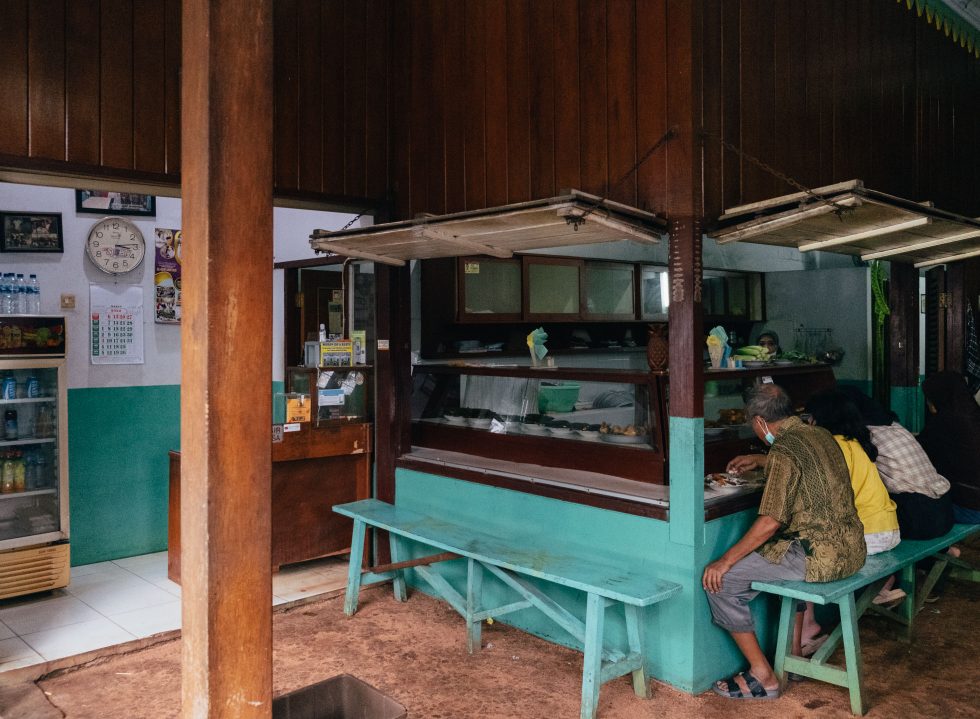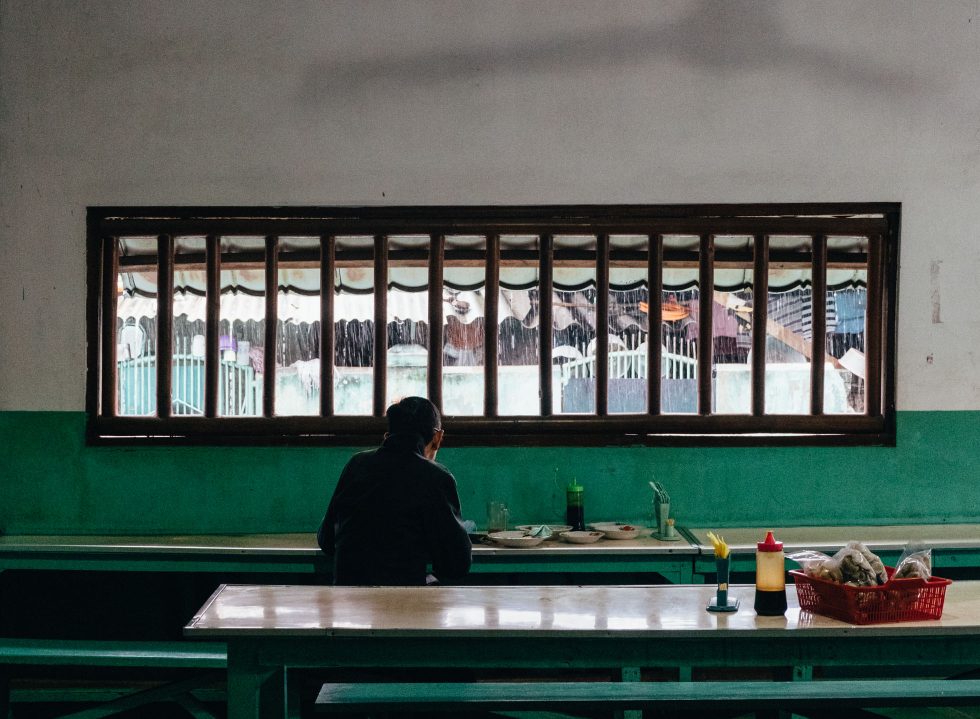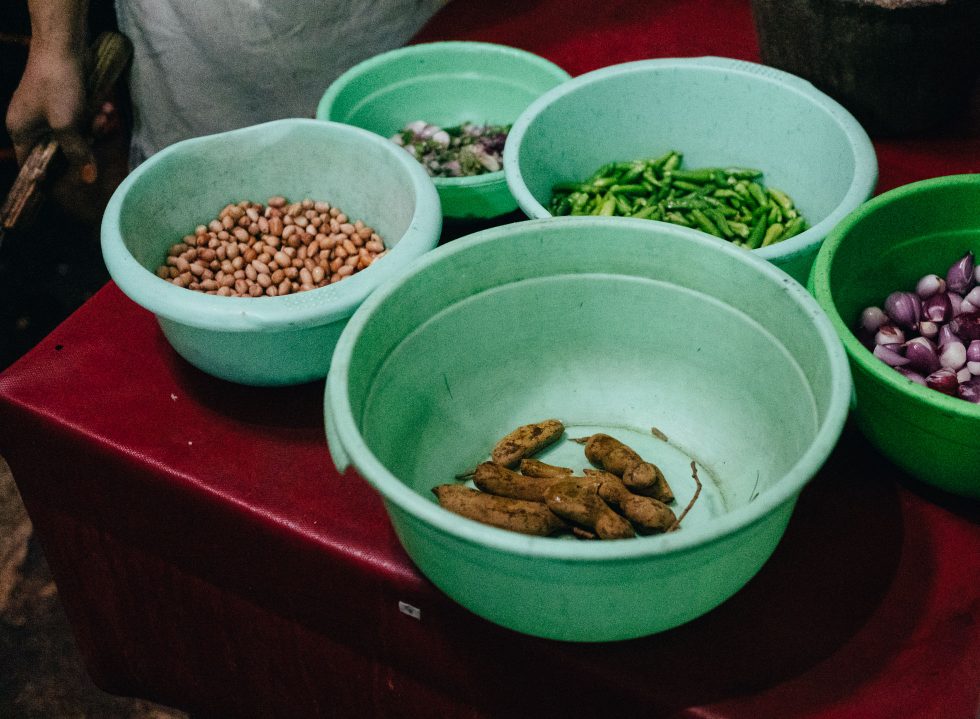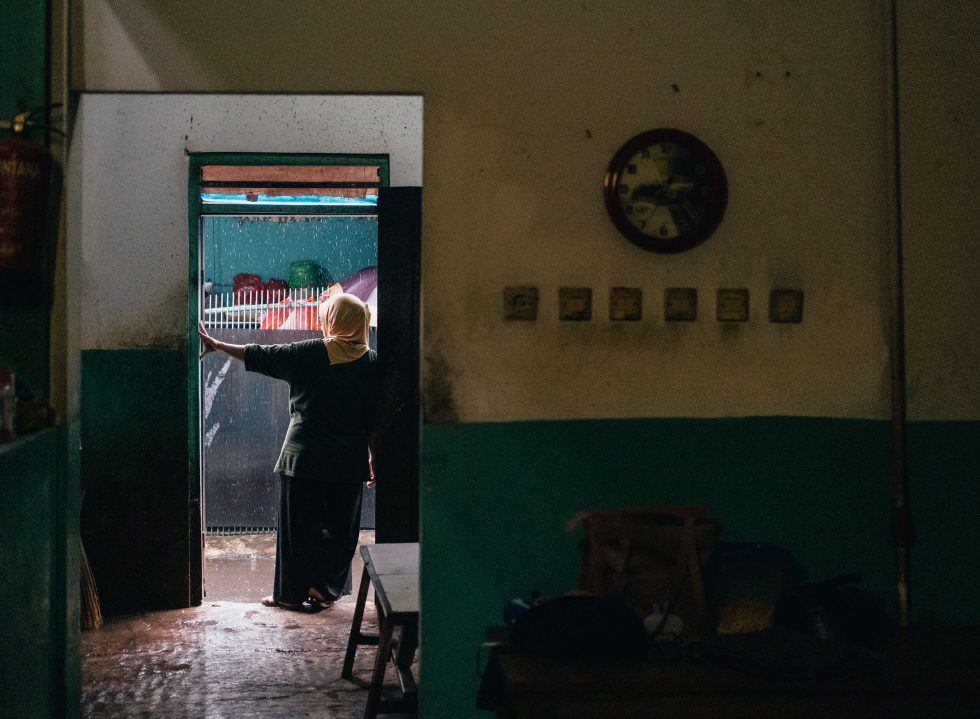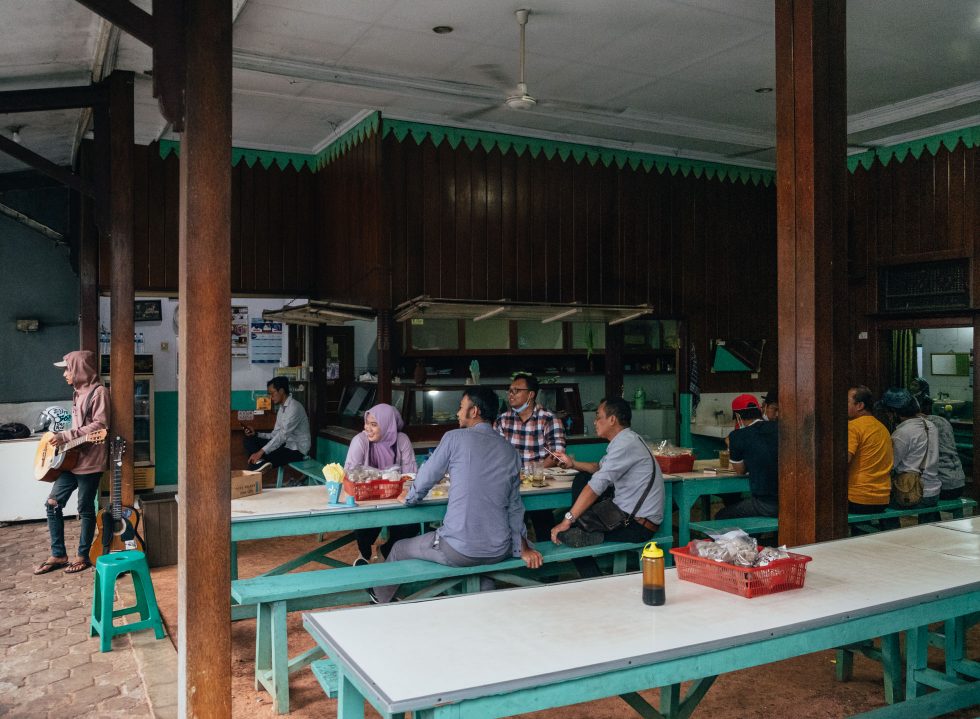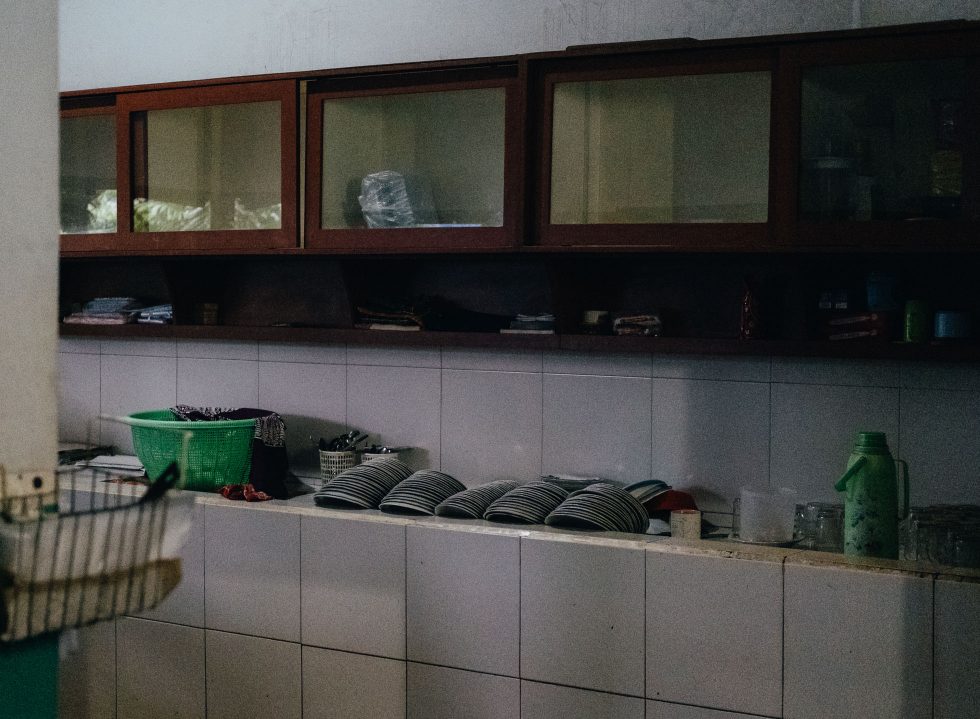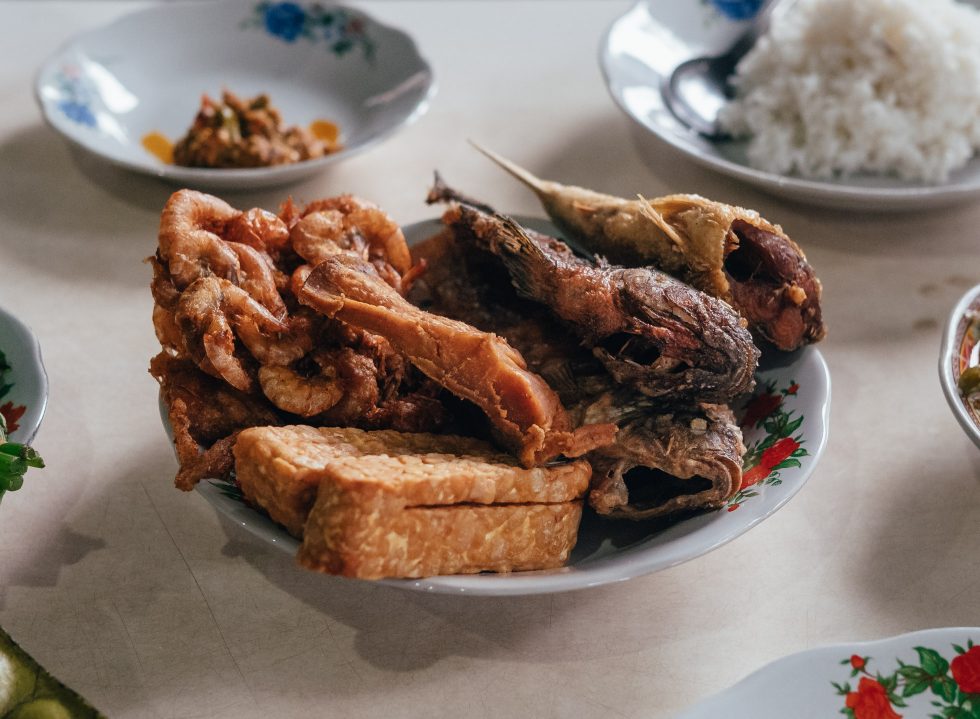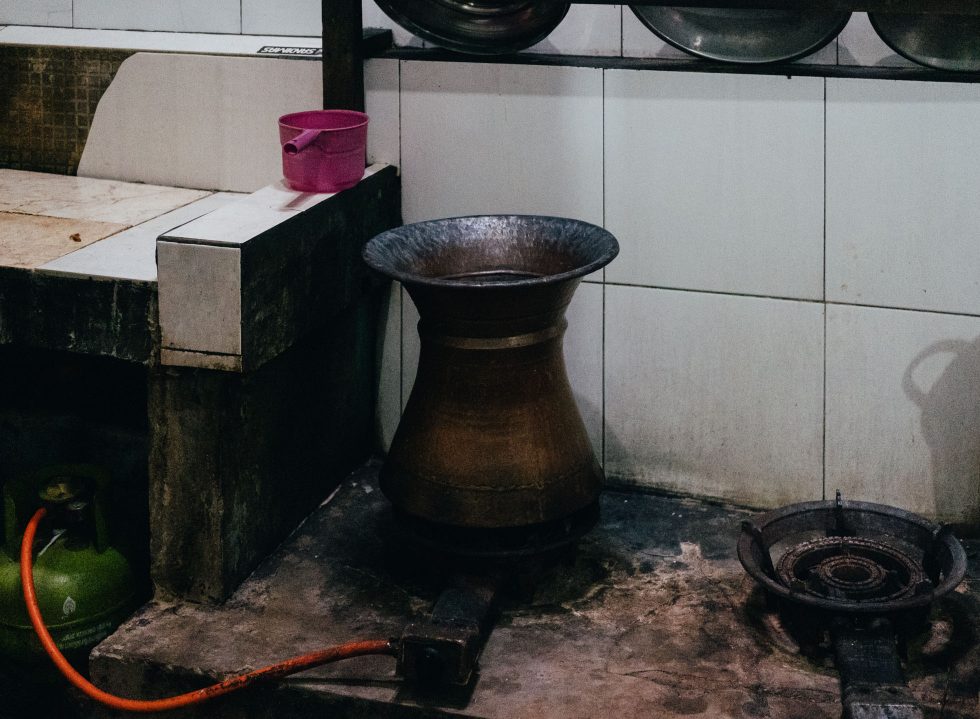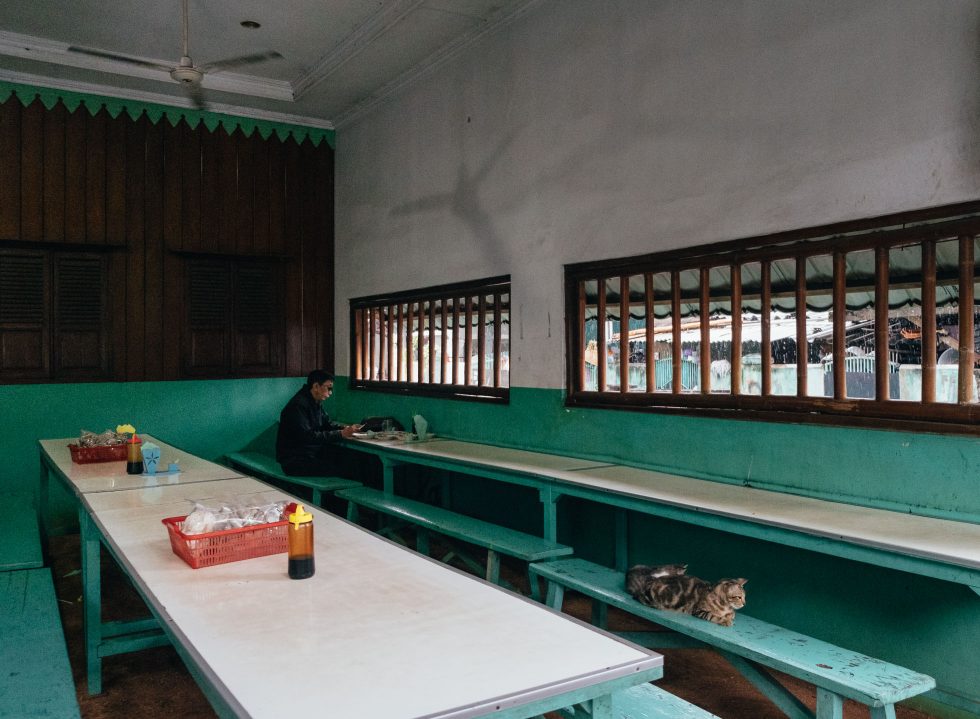Every morning, Pak Haji Matali, the owner of Sayur Asem H. Matali, scours the market for ingredients to stock up his kitchen on Joglo Raya street in Kembangan, West Jakarta. Originally founded by his parents, the family-run business has been serving classic Betawi fares using the same passed-down recipes since the ‘70s.
Little has changed since. Matali’s relatives (and their extended relatives) still make up most of the crew, construction remains generally unchanged and prices continue to be affordable even as the establishment grew in size. Indeed, many things are kept relatively traditional, and with good reason.
Take the eatery’s earthen floor; beyond its nostalgic aesthetics, it also serves as a natural cooling system, absorbing heat and minimising the use of fans while abandoning air conditioning altogether. Another case in point is the way that rice is cooked, where electric cookers have no part in the process. It makes for evenly-cooked and low-moisture rice, just right to accompany the star of the eatery: sayur asem (sour vegetables).
A simple soup made of shallot, small chilli peppers, peanuts, tamarind and a variety of vegetables, sayur asem is a staple ‘food of the people’ in many regions across Java. The one served at the eatery is the version native to the Betawi people, using raw tamarind to create a clear, fresh and lightly-flavoured broth.
Accompanying the soup, diners get to choose from a variety of fried seafood, raw greens and steamed pepes (spiced proteins wrapped in banana leaves), with the crowd favourite going to the generously portioned shrimp fritters. Depending on preference and company, these dishes can be enjoyed both individually and family style on one of the long communal tables or bars.
With such a simple fare and humble presentation, some might wonder what it is that continues to bring diners into the eatery over the years. But as Sayur Asem H. Matali shows, there is wisdom in sustaining tradition instead of trying to fix what isn’t broken in the first place.



